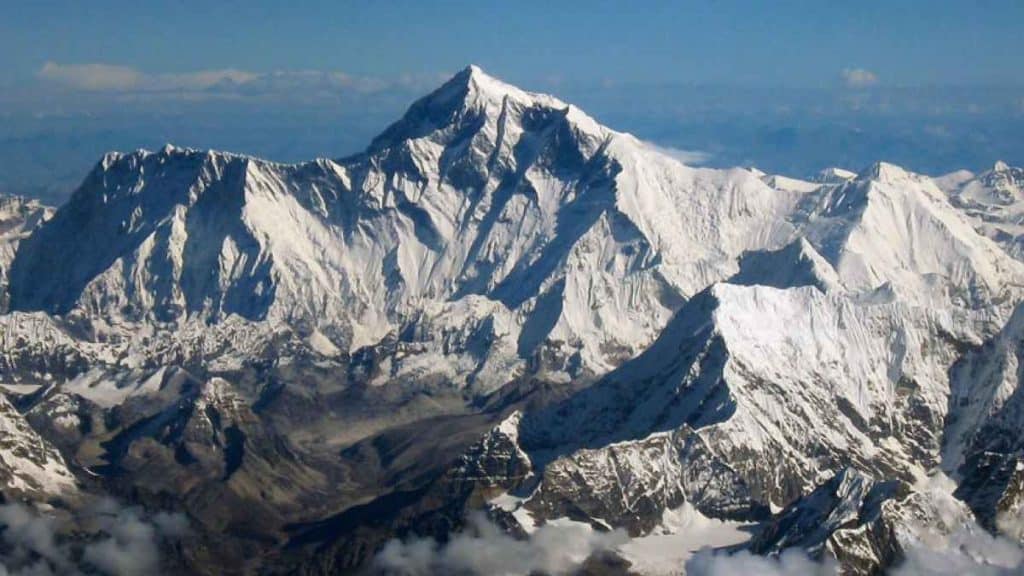Nestled amidst the majestic Himalayan range, Nepal is a country that truly lives up to its reputation as the “Land of Mountains.” This enchanting nation boasts an extraordinary landscape that has captivated the hearts of adventurers, trekkers, and nature enthusiasts from around the world. Within the confines of this comprehensive article, we shall embark on a profound exploration of Nepal’s mountainous realm. Our journey will take us to the lofty peaks, unravel the tapestry of its historical significance, delve into its diverse ecosystems, and unveil the profound influence these mountains exert on the people and the culture of this extraordinary nation.
Nepal’s Mountainous Terrain
Nepal’s topography is defined by its rugged, mountainous terrain. The Himalayan range stretches across the northern border of the country, creating a natural barrier between Nepal and Tibet. The Nepalese Himalayas are home to some of the world’s highest peaks, including the iconic Mount Everest, known as Sagarmatha in Nepali, and Kanchenjunga. These mountains are not just geographical features; they are the beating heart of Nepal’s identity and culture.
The Himalayan Giants
The Himalayas in Nepal are a spectacle to behold. Among the towering giants, Mount Everest reigns supreme as the highest point on Earth. Trekkers and mountaineers from across the globe are drawn to Everest Base Camp, an iconic journey that provides a glimpse into the awe-inspiring world of high-altitude adventure. But Everest is just one part of the story. Other formidable peaks like Annapurna, Makalu, and Lhotse offer equally challenging and rewarding experiences for mountaineers and trekkers.
Trekking in the Himalayas
Nepal’s mountainous terrain offers a paradise for trekkers. The country is crisscrossed with an extensive network of trekking trails, each offering a unique experience. From the popular Annapurna Circuit and Langtang Valley treks to the remote and less-traveled routes like the Manaslu Circuit, there is a trek for every level of adventurer. The breathtaking vistas of snow-capped peaks, lush forests, and quaint mountain villages make trekking in Nepal an unforgettable experience.
Biodiversity in the High Himalayas
In addition to their breathtaking grandeur, Nepal’s mountains house an astonishing variety of plant and animal species. The lower slopes are covered in dense forests that are habitat to rare and endangered species like the elusive red panda and the elusive snow leopard. The higher elevations reveal unique alpine vegetation, adapted to extreme conditions. Nepal’s mountains are a hotspot of biodiversity and a crucial part of the planet’s ecological balance.
Mountains and Culture
Mountains hold a special place in Nepalese culture and spirituality. The Himalayas are considered sacred, and many of the country’s religious practices and festivals are intertwined with these mountains. Pilgrims travel to high-altitude monasteries and temples, and Sherpas, the legendary mountain guides, have a deep spiritual connection with the mountains they call home. The mountains have also inspired Nepal’s art, music, and literature, creating a rich cultural tapestry.
Conclusion – Nepal’s Mountainous Majesty
In conclusion, Nepal’s status as a mountainous country is not just a geographical fact; it’s a testament to the country’s unique identity and the profound impact that these mountains have on its people, culture, and environment. Whether you’re an adventurer seeking the thrill of summiting a peak, a trekker yearning for breathtaking vistas, or a traveler looking to immerse yourself in a culture shaped by towering giants, Nepal offers an unparalleled experience that will leave an indelible mark on your soul. The mountains of Nepal are not just landforms; they are a source of inspiration, adventure, and spiritual connection, making this Himalayan nation a truly enchanted realm of mountains.
Angela Spearman is a journalist at EzineMark who enjoys writing about the latest trending technology and business news.

